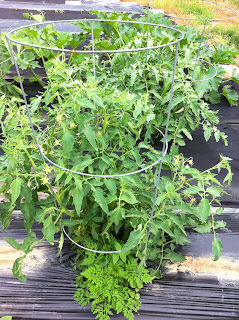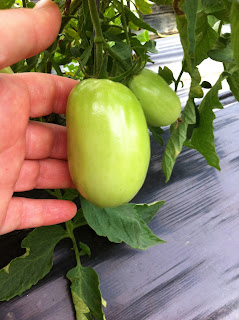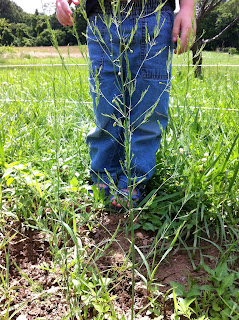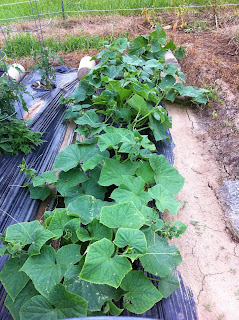I wanted to start Saturday, but I didn't have enough time. So, I washed everything and set it all out to get started Sunday. I wasn't planning on doing it in the morning, but it was calling to me so I jumped in with both feet, coffee still in hand and the flavors of breakfast still dancing on my tongue.
My jars and lids had run through the dishwasher the night before, so I pulled the lids out and ran the jars through a hot rinse to warm them. The lids--rings and flats--I put into a pot of water to boil.
Then I started on the dills. . .
I got the mix started first. Mrs. Wages is the only one I've used only because I haven't found any others to try. But I really like this one, and found it recommended by several other canners online. Because the recipe on the bag calls for 9-11 pounds (or 50 cucumbers), I cut it in half. This requires measuring--and a calculator so early in the morning.
So, in a pot much too large for the purpose, I combined the mix, vinegar, and water and brought it to a boil. While it was heating, I sliced and packed the cucumbers.
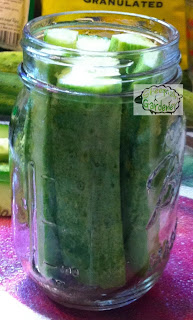.jpg)
I started ladling the hot dill "juice" over the cucumber slices in the jars. ThenI remembered the funnel made especially for the purpose, and suddenly the task became much easier.
| Tools used for grabbing the lids out of the hot water and tightening them on the jars. |
Once the dill pickles were done, I started on the bread and butter slices. The process was the same except for the mix recipe, which called for sugar instead of water. And, of course, the slices were chips.
| Cucumber Chips |
| Chips waiting for pickling juice. |
| Ready to go into the hot water bath. |
| In the hot water bath. |
Don't forget to label your product with what it is and the date. I just write on the lid with a Sharpie since the flat lids don't get reused once the product is gone. (Save those rings, though!) You can also use a sticky label on the jar. I have some fancy ones that I use for gift jars.
Linky Party Link Up!
.jpeg)
.jpg)
.jpg)



